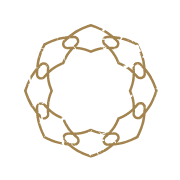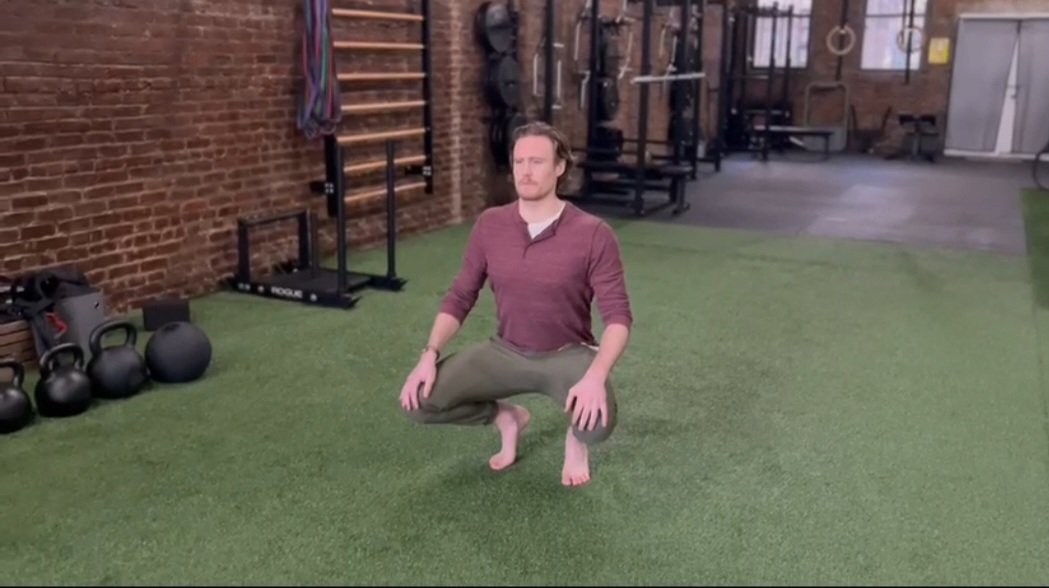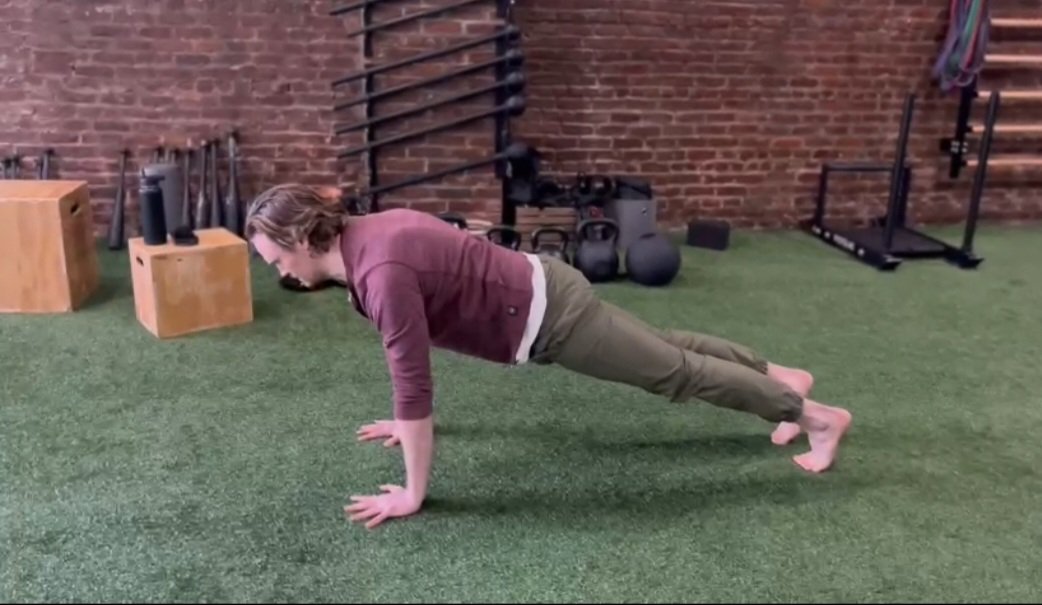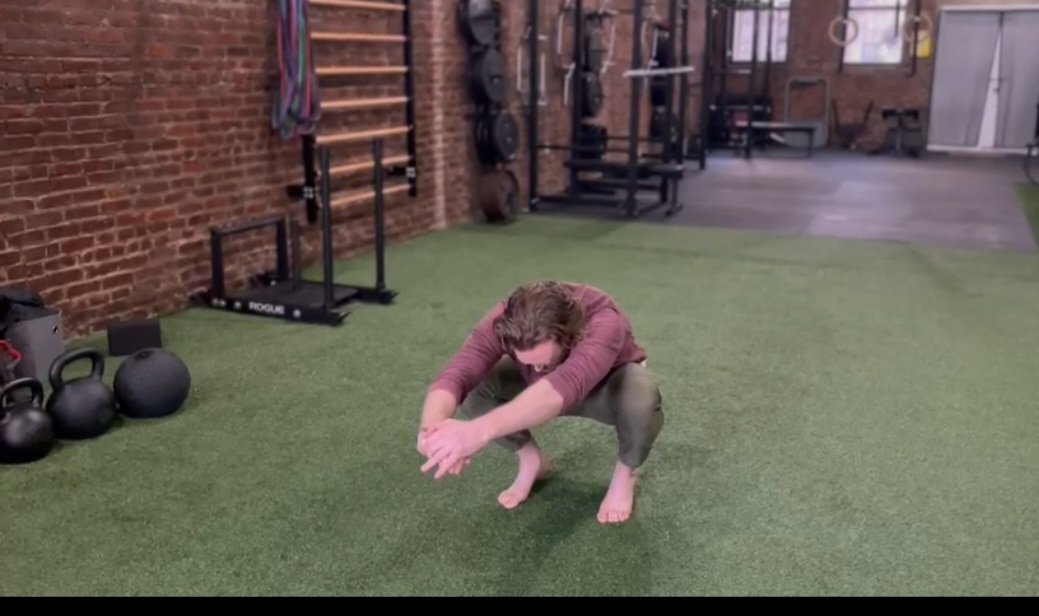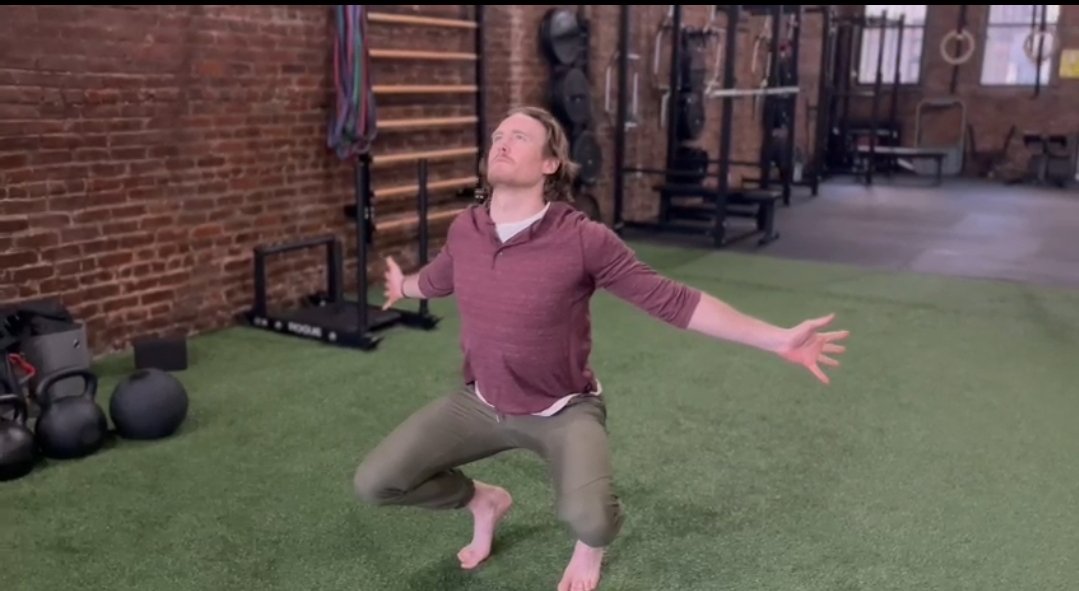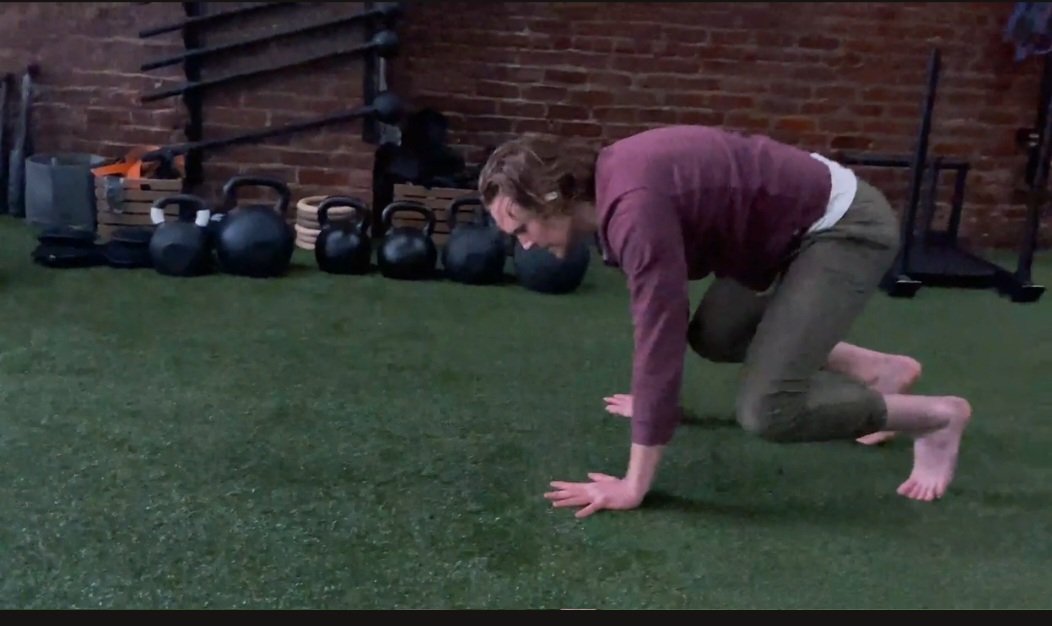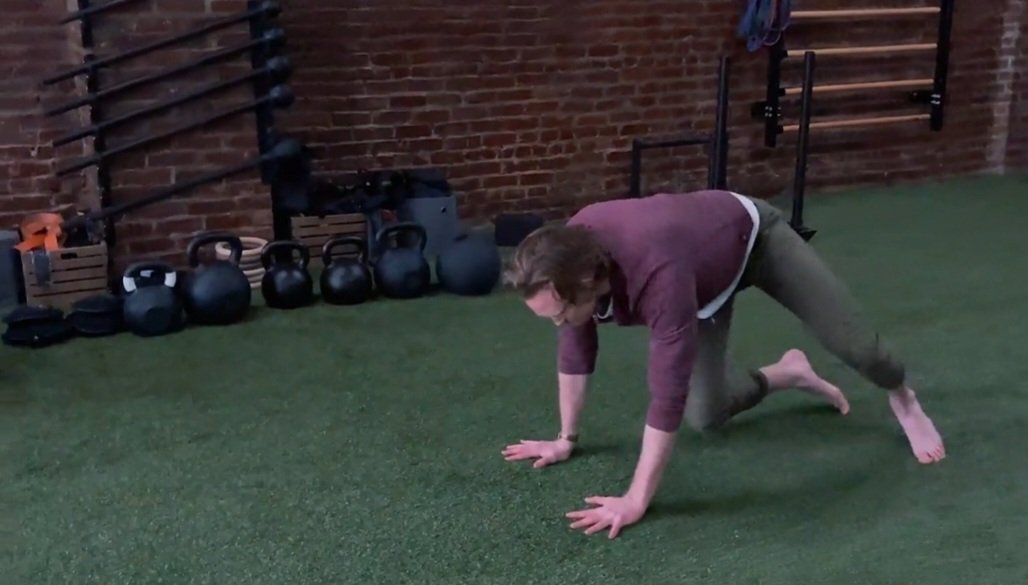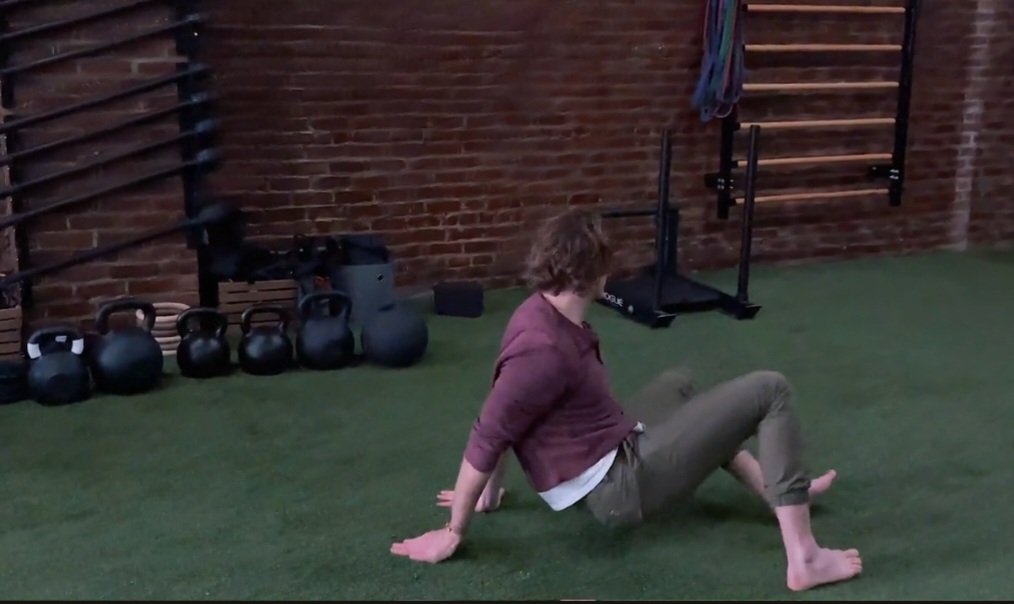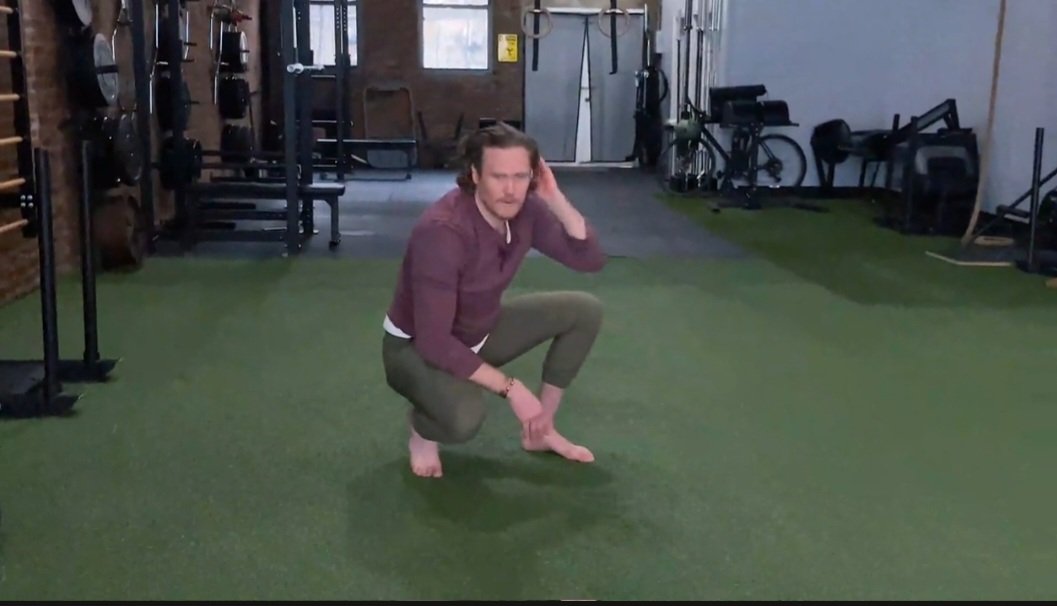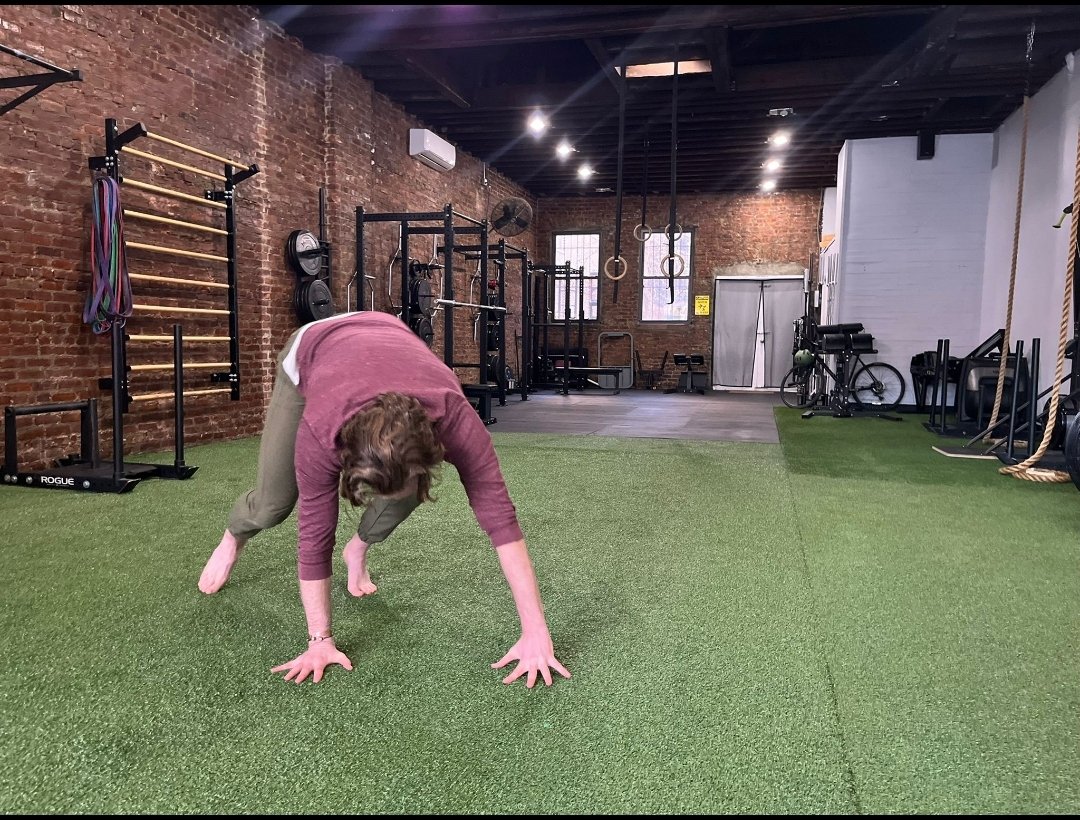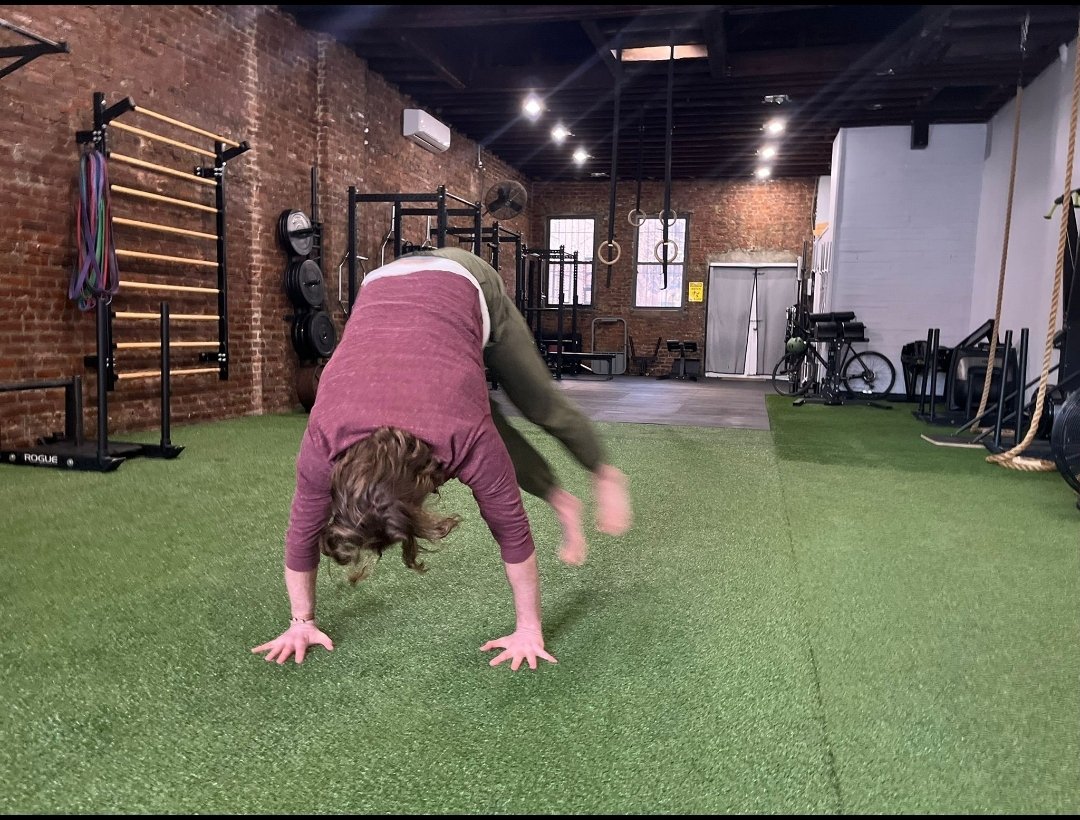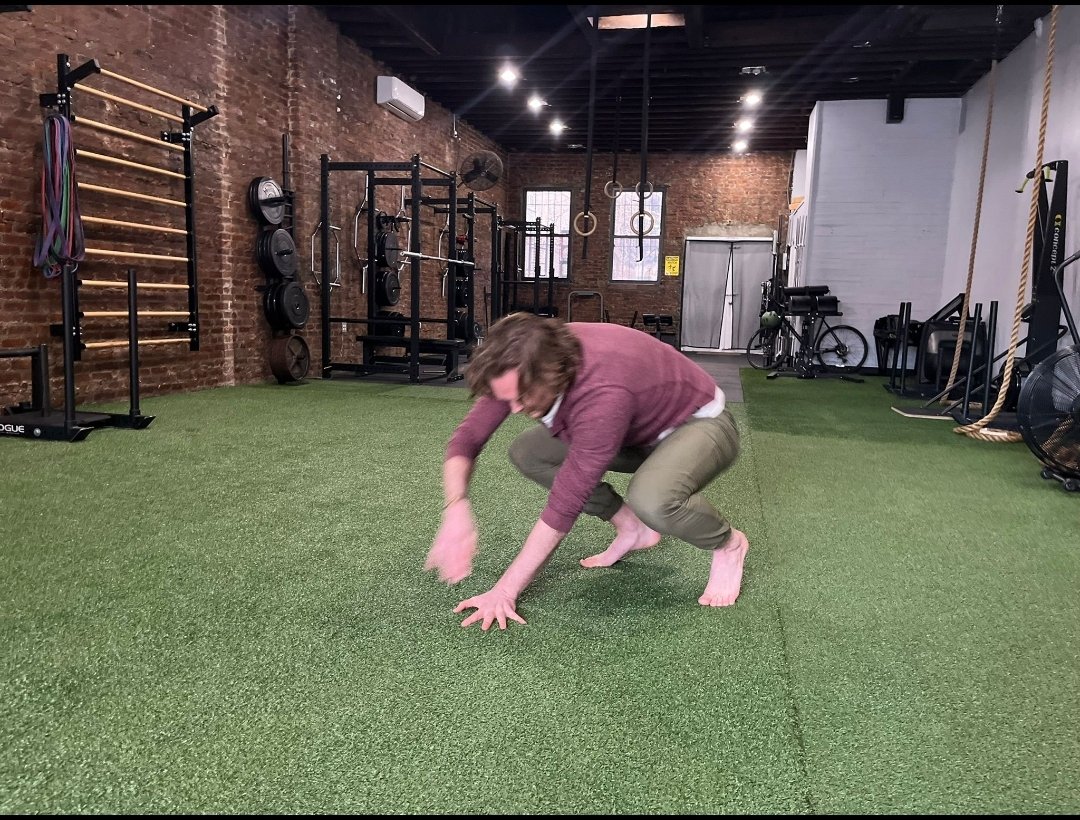What Is Flow and How To Use It
Pushing my left hand into the center forward’s chest was all I needed to steal a yard and get to the ball ahead of him. I caught it cleanly and burst down the field passing it off to Donal O’Sullivan in midfield. I continued down the wing, I was fast and knew I’d beat the next man if I got the ball back. I did and the run was timed perfectly with the pass. My speed carried me through the tackle. I repeated the move, this time passing it on to the wing forward, Paddy Clancy. When I got it back, I was about 35 yards from goal just to the right. Without thinking about it, I just dropped the ball onto the outside of my right boot and kicked across the ball. The ball started out heading wide past the far post and then curled into the center directly between the posts.
It was a beautiful point early in the season of the senior league. I was young. It was only my second season in the senior squad and I knew that point gained a lot of respect from the older lads in the team. That was 14 years ago, but I remember it clearly. It’s still vivid because I was so present in that moment. I was fit that year, had been training hard and was feeling confident. My skill level met the challenge in front of me and perhaps that’s the easiest way of defining flow.
Flow is when your ability matches your challenge.
We have all experienced flow in some capacity or another. Have you ever solved a work problem without having to think about it? That’s flow. Have you ever become so engrossed in an activity that time has flown by without you noticing? That’s flow.
Remember when you were a kid playing a game of tag, running as fast as you can? You were turning, twisting, jumping out of the way instinctively not to be “it” … that was flow. I miss those feelings so now I use movement and exercise to find moments of extreme presence and focus.
Movement Flow:
Flow is a nebulous concept best described by situations and feelings. It becomes even more elusive when we talk about a movement flow, but let’s do our best to define it.
A movement flow is a combination of movements that freely progress from one to the next. The movements can be strength, flexibility, or conditioning based; it really depends on the intention you set for your movement. I find that the best flows have a little bit of everything, but for this blog let’s focus on how learning a movement flow can improve your movement, posture and mobility through increased awareness and focus.
How it works?
Linking mobility movements together helps create new neural pathways for movement. You may have an exercise routine that involves movements that you do for hundreds if not thousands of reps. Your nervous system will get very good at these movements however, energy flows where attention goes. Because of that your ability to access other movement patterns will diminish. The body is inherently trying to preserve energy, therefore if we do not use a movement pattern the nervous system will not waste energy storing that pattern. “Move it or lose it”, as the saying goes.
Trying to string movements together forces you to change up the pathways that your brain is used to.
The brain’s ability to reorganize synaptic connections or rewiring is known as neuroplasticity. It is the fundamental process involved in learning whether it is a new movement or a new language. This is arguably the best theoretical explanation as to why your mobility and posture improves with flow training. In lay man’s terms, neuroplasticity is the ability of nerve cells to communicate with each other.
Flow training improves these connections through the exploration of new and unique movement patterns.
How to train a movement flow:
When you think of a movement flow, you probably think of a dancer, gymnast or martial artist. That is a fair depiction of flowing through movement. The first rule of incorporating this work into your routine is to know that your first few sessions will not feel very ‘flowy’. You will feel and look more like a rusty robot than a fluid fight master. That’s ok. It’s all part of the exploration. Flow is more the end result of the exploration rather the experience you have while practicing. Watching a dancer move on stage is flow, their training to get that point has led to that. Don’t Look for perfection instead think “mindful exploration”.
To make it easier to understand follow this template:
- Awareness
- Compression/Expansion
- Change viewpoints
- Loco-mote
- Combine
Awareness
Start small with a movement pattern you are very comfortable with. If you are not comfortable with any patterns yet then your first port of call is to get good at the very basics of pushing, pulling, squatting hinging and rotating. More on that here.
Once you are comfortable with basic movement patterns, the key to creating a flow is the transition from one movement to the next. Let’s take a squat to all four’s plank. We are taking a squat movement and finishing in a push position. Now work back and forth between those two movements.
Focus and build awareness of everything, what do your wrists feel, what is your breath doing, are you holding it? What about your shoulders, your hips? They are all giving you information. Do you feel in control, could you press freeze and hold the position if you wanted or are you relying on momentum? Do you feel your core? What zones of the body are doing the most work?
Take all this information and use it to build your awareness of what your body can do and how it moves.
Compression/Expansion
Once you are comfortable with these two movements and you have built awareness and control, start to Explore what is available to you. The first port of call would be to compress and expand your body in both of these movements. Can you feel your spine, is it hard for you, can you breath, can you feel both positions?
Change your viewpoints
Now let’s try to transition to a similar movement but one that forces me to look in a different direction so for example moving from the prone quadruped or ‘beast’ position to a supine quadruped position or ‘crab’. What information can you get? Does it feel easy, does it feel smooth? Are you getting stuck or lost? Can you press freeze? What can I do to improve these things?
Loco-mote
Finally add in a destination, move through space, from A to B. In this sample flow, let’s travel in the frontal plane (sideways) with the lateral Ape. However, we could choose to move sagittally (forwards and backwards) with a crawl as well. What comes naturally?
Again use this movement to explore how your body is interacting with the environment. How can you refine it? Spend time with it and don’t accept your first time as the result you will always have.
Combine
Once you have practiced these individually and you feel in control and have a sense of ownership of the movement then practice putting them together. This will be the foundation of your first flow.
All you must do now is try it and most importantly have fun with it! Who cares if you look silly…do you think a baby cares how they look when they are learning to walk? Of course not! Neither should you care when you are relearning to move. Everyone comes at exercise and movement from a different place and in modern society we are conditioned to move in certain manners and patterns, but there is no law on how to move in the gym. So just get out there to start breaking the mold, having FUN and finding your flow.
